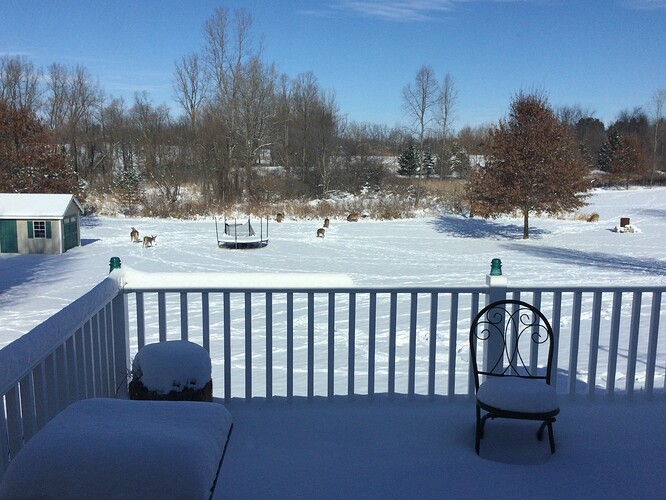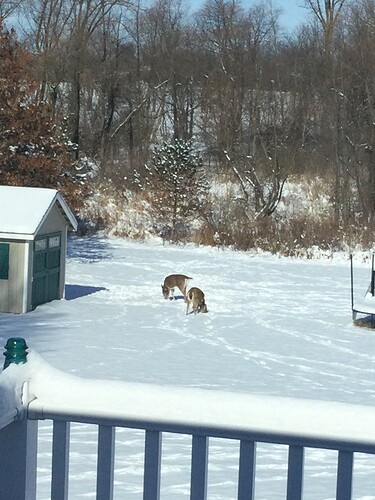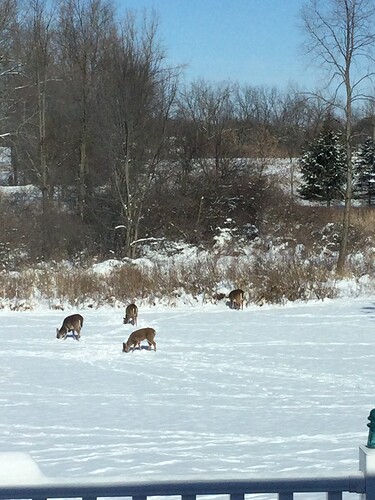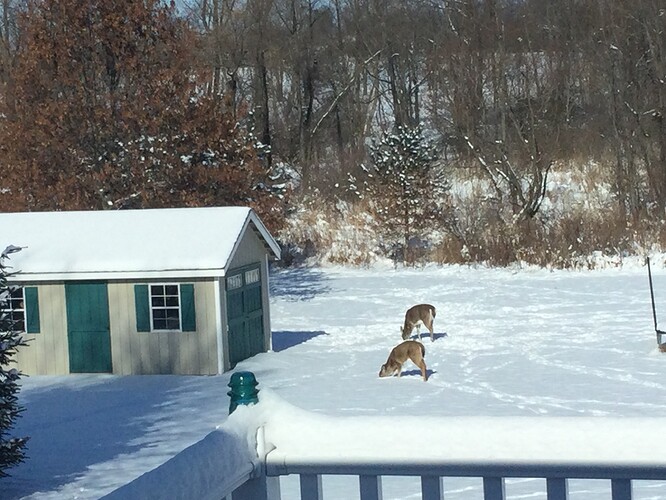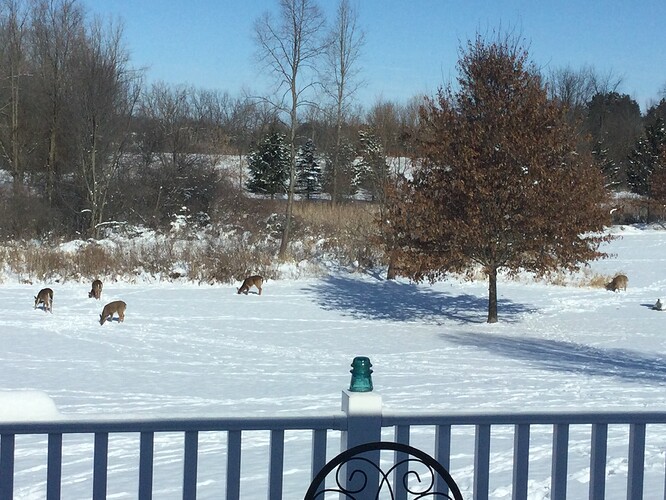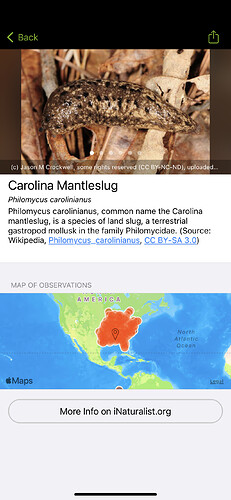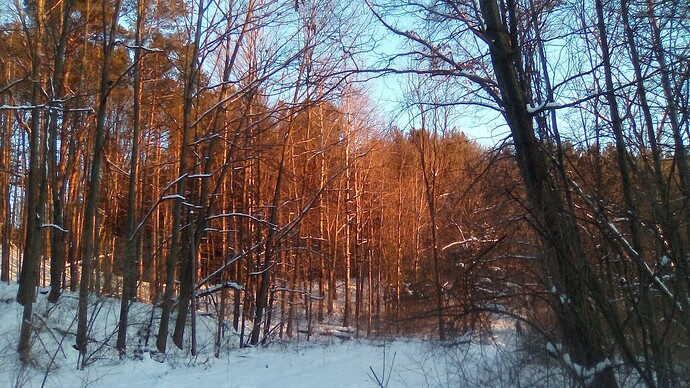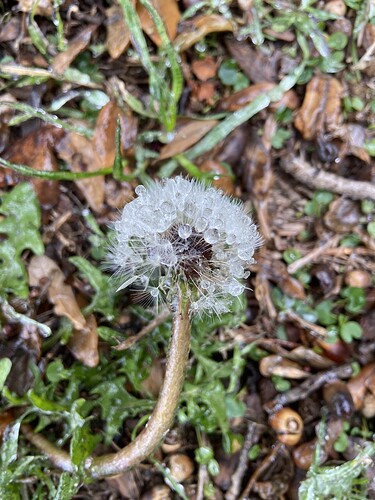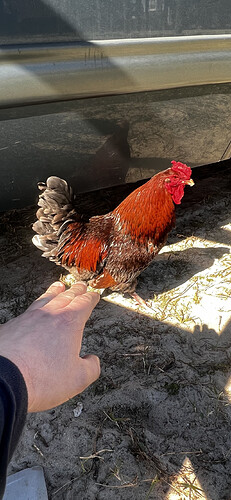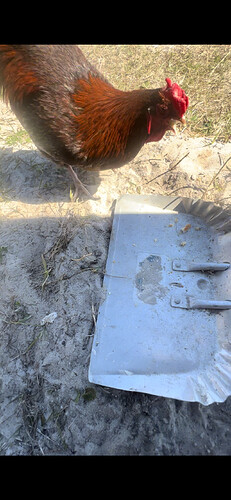Canadians nearly outnumbered US folks on the mission station where I grew up (though there were Singaporeans, Germans, and quite a few others; now, the leading group is possibly from other African countries)… Many were from BC (often Mennonite) and Saskatchewan. I enjoy their colloquialisms and jokes–for example, “hoser;” and “Newfie” jokes. We stayed in Quebec for 6 week, found it beautiful (except for the acid rain damage from the mid '80s, sadly, which I think is now improved), and had fun learning a little of the Quebecois variation.
Hi, interesting. Yes Canadian Mennonites have had a long tradition of serving in Africa. Friends of my family from the local MB church worked in Sierra Leone for many years, and others more recently in Accra, Ghana–doing family and marriage counseling ministry. Which country did you grow up in there?
Being a western Canadian, I haven’t had the pleasure to hang out in Quebec much, but I do remember photos of the sad acid-rain forests from the 80s! I recall showing such photos to my conservation biology students during lectures in the 1990s. Things are slowly recovering on that front.
Yes, I’m amazed at how big the MB are out there. We went to one church that my wife’s cousin attended in Abbotsford on our first Sunday as a married couple (we visited the Olympic Peninsula, Victoria, etc for our honeymoon) and their congregation was huge. My brother in law’s family are also from there. We lived in Niger Republic, though I was born in Nigeria. The folks where we lived were quite wonderful–mostly country Muslims, who, like farmers in N America, would often ask how your children were, how your sleep was, how your work was, etc…
I’m glad that the acid rain damage was improving somewhat. I always felt awful about it, as I read that a lot of the pollution came from the US Great Lakes. The Jacques Cartier park was beautiful, and we enjoyed the Quebec Ste Foy area, and Universite Laval, where my parents studied.
Thanks.
The slug is a native philomycid, rather than one of the Old World invasive ones like Arion.
In my usage “creek” means anything from “can step across” to “champion longjumpers could jump across”, and river is “wider than that”, where I live. Close to the coast a river means more like “was >10 m across before it became tidal”.
Thanks. I posted it to inaturalist and never got any hits on it. But I’ll add that to it and see if it draws it closer.
I think its a Philomycus. Irritation-response slime color is significant for species identifications, it appears to be clear on this one (not white or orange, say)
Visitors in the back yard. They’re hungry and cold, when normally bedded down this time of day. Today’s only 1°F /-17°C. Except for this mini cold streak the winter has been (new normal) freakishly warm.
That’s the best match I can come up with, but I haven’t checked whether the species has been split up any since the reference in question was published.
@Kendel, I love seeing the deer. I have been able to meet some folks who grew up decades ago in Michigan (102 years old) who told me they never worried about deer in their gardens, because there were none to speak of. I’m interested in how they rebounded so much. I remember stories of lines 40 or so miles long of cars waiting to cross the Mackinac Straits prior to the bridge being built, to hunt in the UP. Now, you find more deer in the LP than the UP. Have you heard this tale? Thanks.
I have heard about it. Part of it is actually human pressure on the habitat where deer live. Even when I was a kid in Wayne county, where it was more developed than most parts of the state, there was a lot more farmland, even within the suburban cities. Canton was nearly completely undeveloped, etc. The same where we live in our rural outposts. There are just more people in these areas now, and the deer are more concentrated.
There may be other factors involved as well. I can look into it. I’m sure the DNR (Department of Natural Resources) has been keeping track.
If you want to make it official, email your state library: librarian@michigan.gov.
Regarding the line of traffic to cross the straights, St. Johns is the closest town north of us, about 10 miles away. It used to be a major stop on the way to the Straights, since it’s on 127, which goes right up the middle of the state.
A few years ago, we did a day long program at the Library of Michigan for high school students participating in the Michigan History Day and Nation History Day competitions. I talked about how to use our different newspaper resources (print, film, electronic) and used the history of the building (or rather delays to building) the Mackinac Bridge as an example of the kinds of long-term research one can do using newspapers. I think the first related article I found predated statehood (so before 1837) and was a report from a ship’s captain about needing to wait until spring to be able to move his ship out of the Straights, where it was iced in. All commerce that couldn’t cross the ice had to stop until spring, and the ice wasn’t always dependable.
That is really interesting. You must have a ton of history. I had no idea of the extent of records
Here is an interesting summary I found…would like to read more …apparently the current increase relates to fields. I have met some farmers who say they have lost most of some their soy fields to deer. I suspect lack of apex predators contributes to excess population and winter kill. I am not sure I feel entirely comfortable with the idea of reintroducing wolves and cougars here though.
In the past 40 years, the number of deer living in the northern Lower Peninsula and the Upper Peninsula has actually declined, as open and edge habitats preferred by deer grow into forests. In southern Michigan, the population has exploded, increasing nearly 500%, from 200,000 to a million deer Dec 25, 2019
Wow!
In our parts of the state, the reduced number of hunters is not so obvious, at least to me.
I think we have as many hunters as ever here in Central Texas, but there has been a big change in deer management, as some large ranches have been fenced with game fencing and are managed for trophy hunting, and there is a lot of sub-division development, which actually act as protected areas for deer as they are protected from hunters, and roving herds of deer ravage the landscaping.
On our walk yesterday I photographed a few nice things. The developing cones of a conifer,
An acacia in bloom,
And a native California plant that is popular in gardens but whose name has escaped me.
Someones free range rooster pet came up to the truck for food. He’s not wild, I can tell. He’s comfortable around me, and let me pet him once, but he mostly just stays about 2 feet away. Wanting food. Gave him some grapes and biscuit.
Wow. He’s mighty handsome!
